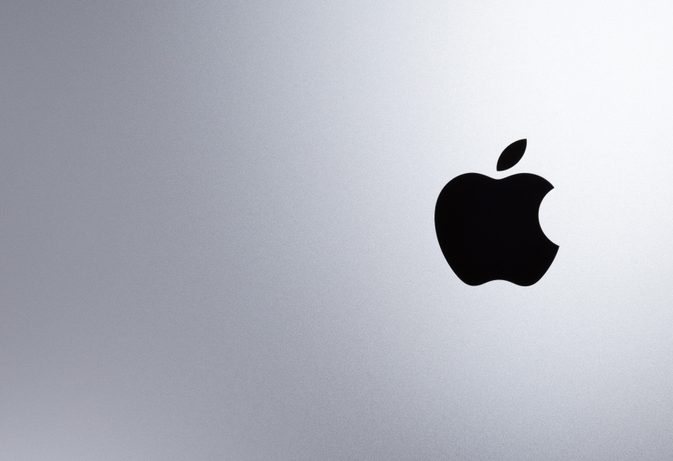
Blogs & Opinions 24.10.2024
Rethinking Mac Safety: Strategies for Enhanced Workplace Protection
There are now 300 identified malware families for macOS.

Blogs & Opinions 24.10.2024
There are now 300 identified malware families for macOS.
Apple devices have become the norm in the workplace, given their widely recognised reputation for robust security and privacy features. However, as they bed themselves deeper into corporate networks, they face a new reality of sophisticated threats, challenging the myth of their inherent safety.
As organisations grapple with this new reality, understanding and preparing for these emerging threats becomes paramount.
Previously, Mac malware primarily consisted of adware, posing a limited threat and allowing security teams to adopt less stringent measures. However, this has dramatically shifted, with cyber criminals increasingly targeting macOS and iOS vulnerabilities.
According to our latest research, there are now 300 identified malware families for macOS, with 21 new additions in 2023 alone.
While adware still represents a significant portion, accounting for over a third of all Mac malware, the emergence of more severe threats like trojans, ransomware, and Advanced Persistent Threats (APTs) is notable.
These more aggressive forms of malware present a substantial risk to organisations within the Apple ecosystem. Trojans, for instance, can evade detection by disguising themselves as legitimate applications, and ransomware can cause significant operational and financial damage.
This new reality demands that organisations enhance their defensive strategies to protect against these sophisticated threats.
Amidst the rise of sophisticated Mac malware, lax cyber hygiene across many organisations elevates risk exposure, particularly for mobile security. Our findings highlight that approximately 40% of mobile device users operate systems with known, unpatched vulnerabilities.
Phishing attempts are approximately 50% more successful on mobile devices than desktops
Phishing remains a predominant threat, exploiting mobile users with alarming efficacy. Research indicates that phishing attempts are approximately 50% more successful on mobile devices than desktops. This suggests a gap in security protocols that extends beyond traditional computing platforms, exposing mobile-heavy environments to increased risk.
This discrepancy between mobile and desktop management practices underlines the critical need for stringent cyber hygiene that applies to all devices.
In addition, many users are further exacerbating these vulnerabilities by disabling essential security settings, such as encryption and automatic locking mechanisms. Notably, many devices have disabled FileVault, which is vital for data protection through encryption, and many users operate devices without activated lock screens, leaving sensitive information perilously accessible.
The increase in malware diversity, particularly on macOS, challenges existing security measures, diluting the visibility and control over potential breaches.
The evolving threat landscape demands a proactive reassessment of security strategies, emphasising regular updates, rigorous application of security protocols, and comprehensive user education to combat these growing threats.
Such measures are essential in safeguarding against the inevitable attempts of cyber incursion in today’s tech-reliant businesses. Here are some steps organisations can implement instantly and in the long term to better protect against malware.
With the rise of Mac devices in workplaces, robust security measures are non-negotiable. Organisations relying on outdated security approaches tailored for adware are vulnerable to emerging threats. A multi-layered, uniform security strategy across all devices is essential for resilience against evolving cyber risks. Proactive defence is paramount in safeguarding corporate networks.
 Suzan Sakarya is the senior manager for EMEIA Security Sales at Jamf. Suzan is responsible for Jamf’s security portfolio in EMEIA. She leverages her experience and expertise to provide customers with an end-to-end security offering that is simple to manage and robust in design. Before Jamf, Suzan worked at Wandera and Cisco.
Suzan Sakarya is the senior manager for EMEIA Security Sales at Jamf. Suzan is responsible for Jamf’s security portfolio in EMEIA. She leverages her experience and expertise to provide customers with an end-to-end security offering that is simple to manage and robust in design. Before Jamf, Suzan worked at Wandera and Cisco.